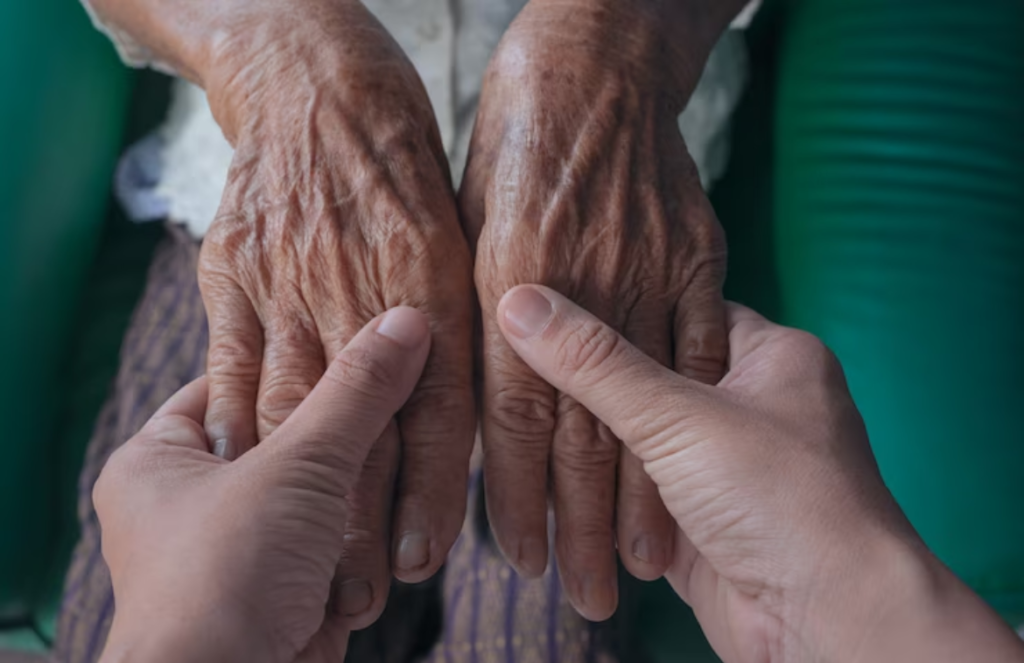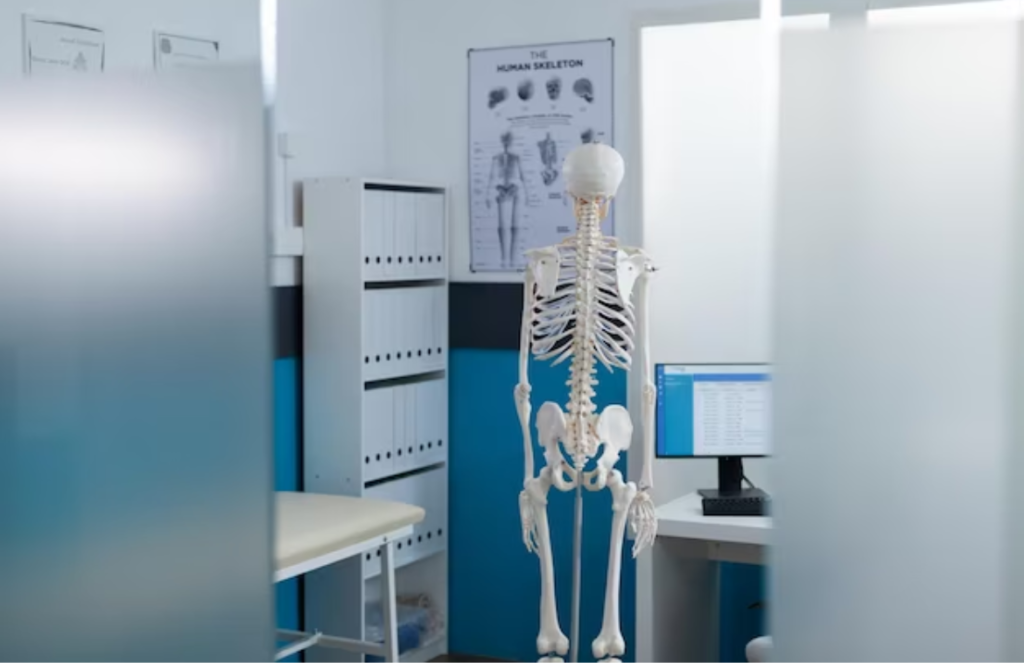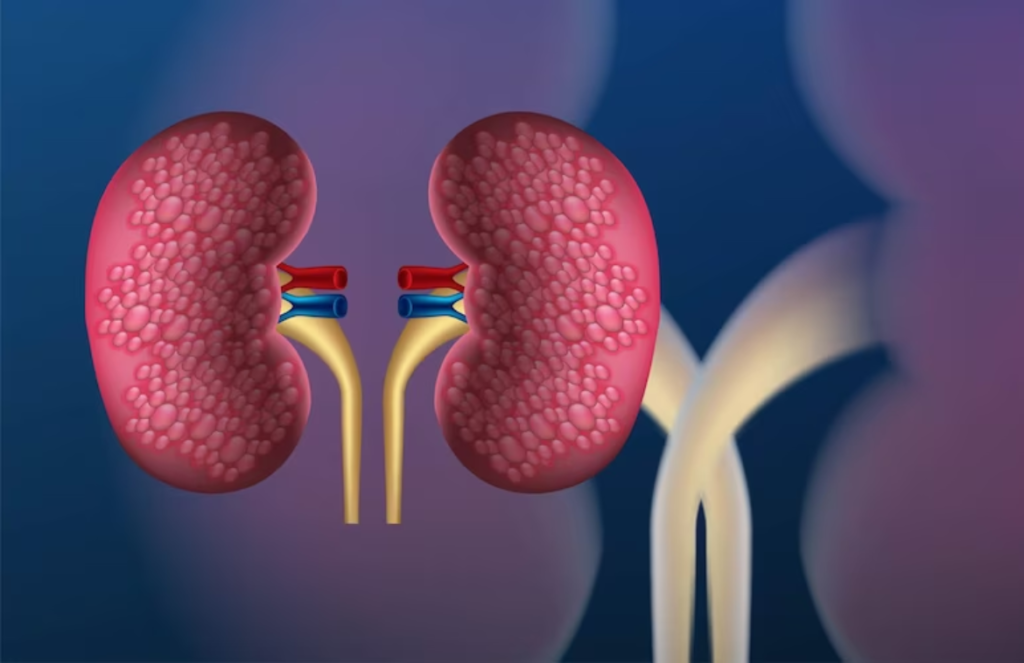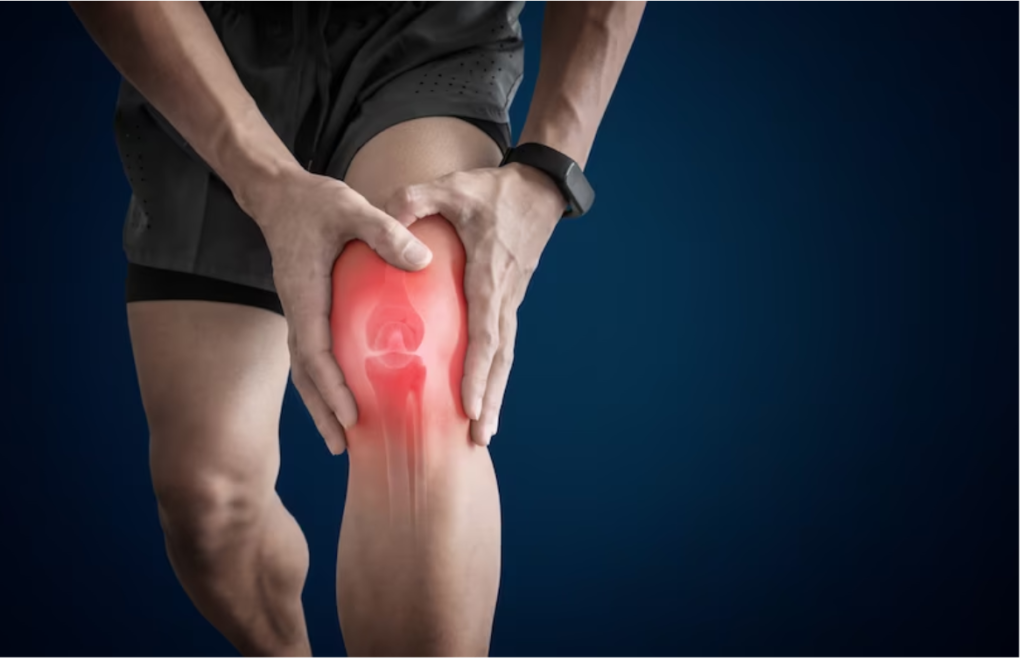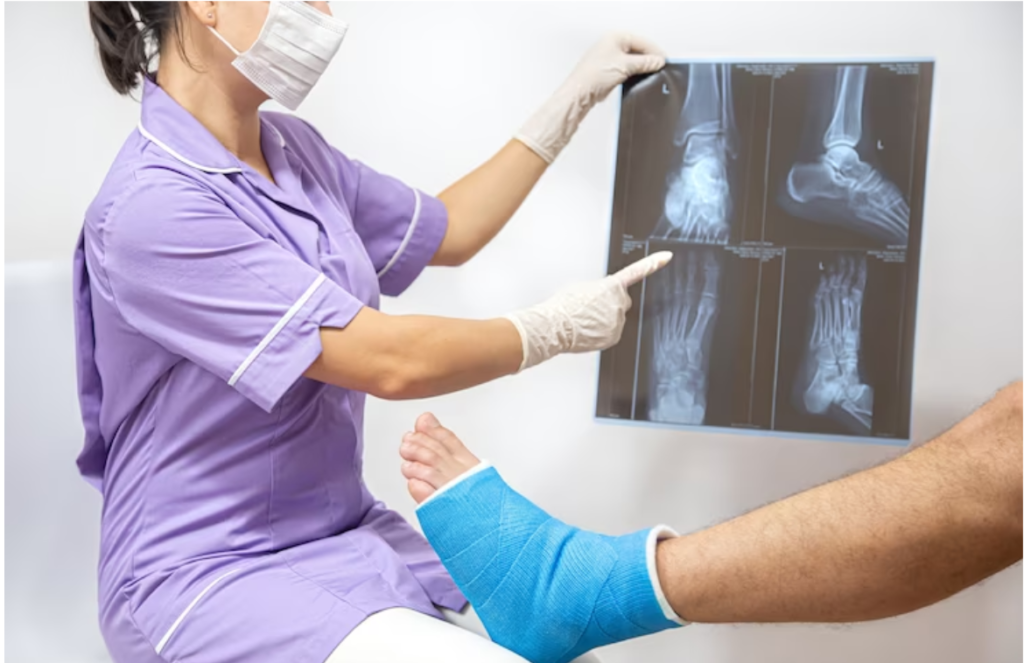Rheumatology experts can provide the requisite information for relieving pain. Rheumatology tips provide insight into how to deal with such pain.
Rheumatology entails several ways to manage the fatigue that comes with rheumatoid arthritis. For any person living with rheumatoid arthritis, following an anti-inflammatory diet is considered to be the best solution to deal with this painful health issue.
Chronic pain can indeed be a real challenge, and it can stem from several causes, including conditions such as arthritis, fibromyalgia, or even prolonged periods of poor posture. Living with constant pain can be a burden for individuals, impacting their daily lives as well as their overall well-being.
There is hope, as even if chronic pain may be persistent, there are specific treatments as well as strategies available to manage and alleviate its effects. If the person is a loved one and is seeking ways to find relief from chronic pain, then naturally it helps to adhere to the above-mentioned suggestions for pain relief.
Some of the most effective and widely used rheumatoid arthritis pain management practices include:
- Choosing the right medications.
- Heat and cold packs.
- Physical and occupational therapy.
- Following the right diet.
- Getting enough exercise.
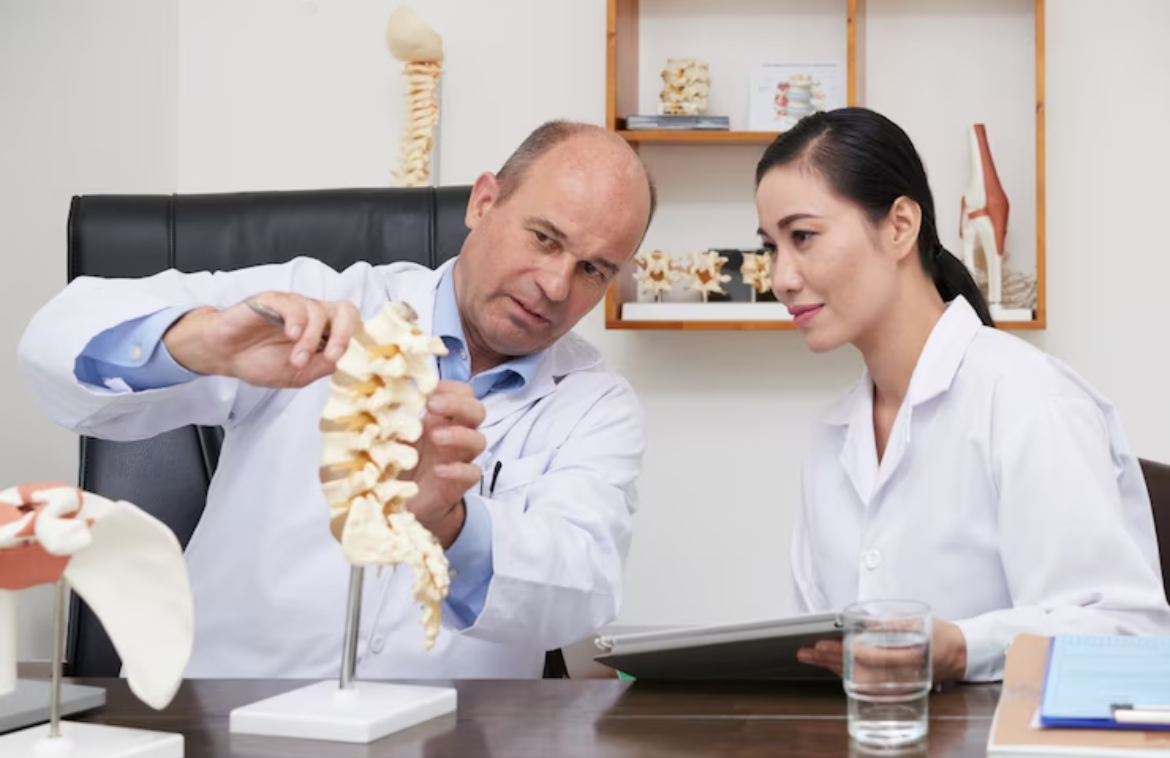
Few people prefer a hot shower or soak in a warm bath to help manage their stiffness as well as fatigue. Others may opt to practice mindfulness or meditation, get a massage, or practice Tai Chi. The idea is to find a viable solution for rheumatoid arthritis. Pain management is considered to be a major aspect of clinical practice, training, and research.
How else to manage Rheumatology pain?
1. Informing the doctor how a person is feeling. They may want to change the medications or their doses.
2. Taking a breathing break and thus quietly tuning in to one’s breaths. Breathe in and out normally and notice the breaths. If other thoughts come up (and they will), let them go and turn the attention back to one’s breath. It is a simple way to tune in and calm down. Even a few minutes a day can indeed help.
3. Keep doing things a person enjoys. The activities that are liked and enjoyed make a person feel good inside and out. If few are hard to do, then RA flares up.
4. Use heat, cold, and massage. Place an ice pack on an inflamed area. Use heat to warm up a stiff joint. Gentle massage can also give quick relief for mild symptoms.
5. Observe one’s emotions. If the pain makes a person feel bad depressed, angry, or anxious, then it is better to inform the doctor or discuss it with a professional counselor. It may help to do cognitive behavioral training, where a person learns new positive ways to handle pain as well as other issues.
6. Joining a support group and being able to talk with people who know what the person is going through as they have been in a similar situation.
7. Exercise. It does make the joints feel better. Even if a person is in pain, there may be a few exercises that can be carried out. Talking to one’s doctor or a physical therapist to get ideas about which activities (like swimming, biking, or brisk walking) could indeed work for the person.
8. Eating a balanced diet, like fruits, vegetables, whole grains, and lean protein. It helps to consult a registered dietitian. Drink alcohol in moderation.
9. Avoid smoking. It often takes several tries to quit.
10. Chronic pain can be a real challenge, and it can stem from various causes, including conditions like arthritis, fibromyalgia, or even prolonged periods of poor posture. Living with constant pain can significantly burden individuals, impacting their daily lives and overall well-being.
Conclusion
Rheumatology tips are indeed manifold.


